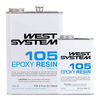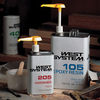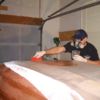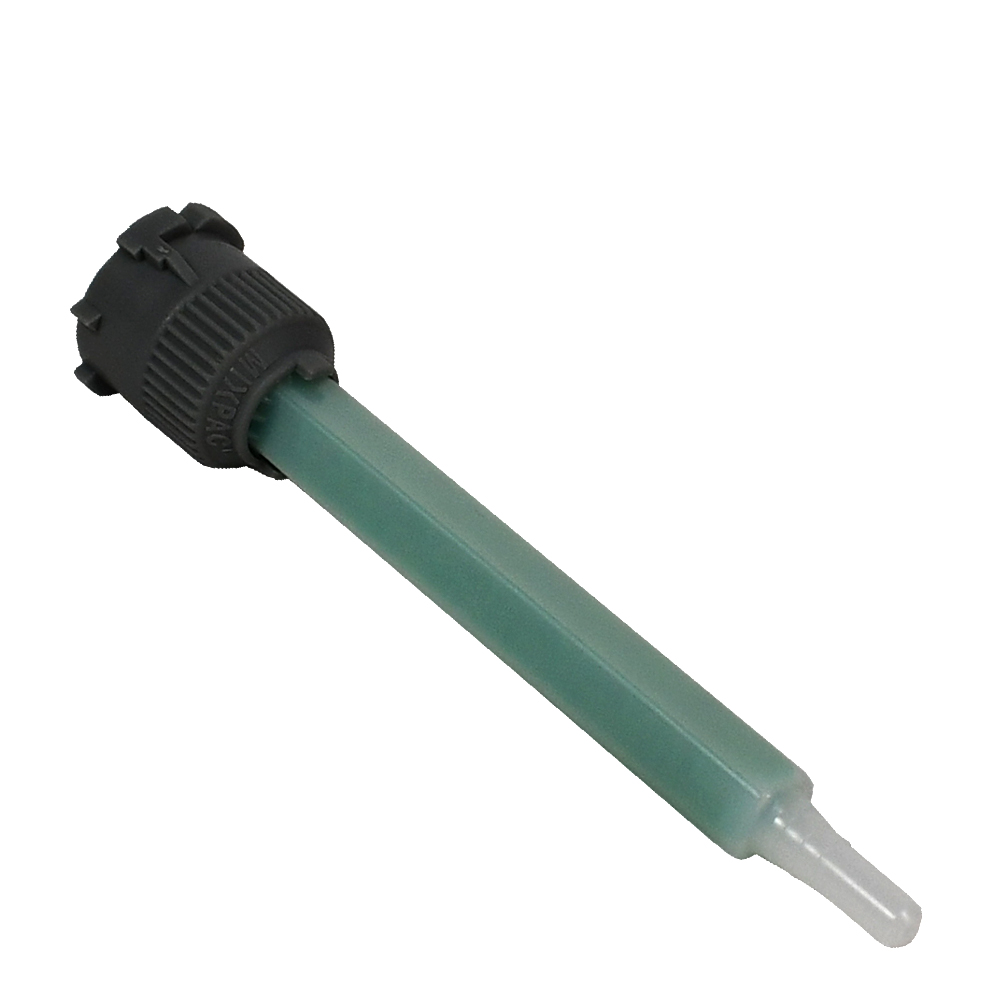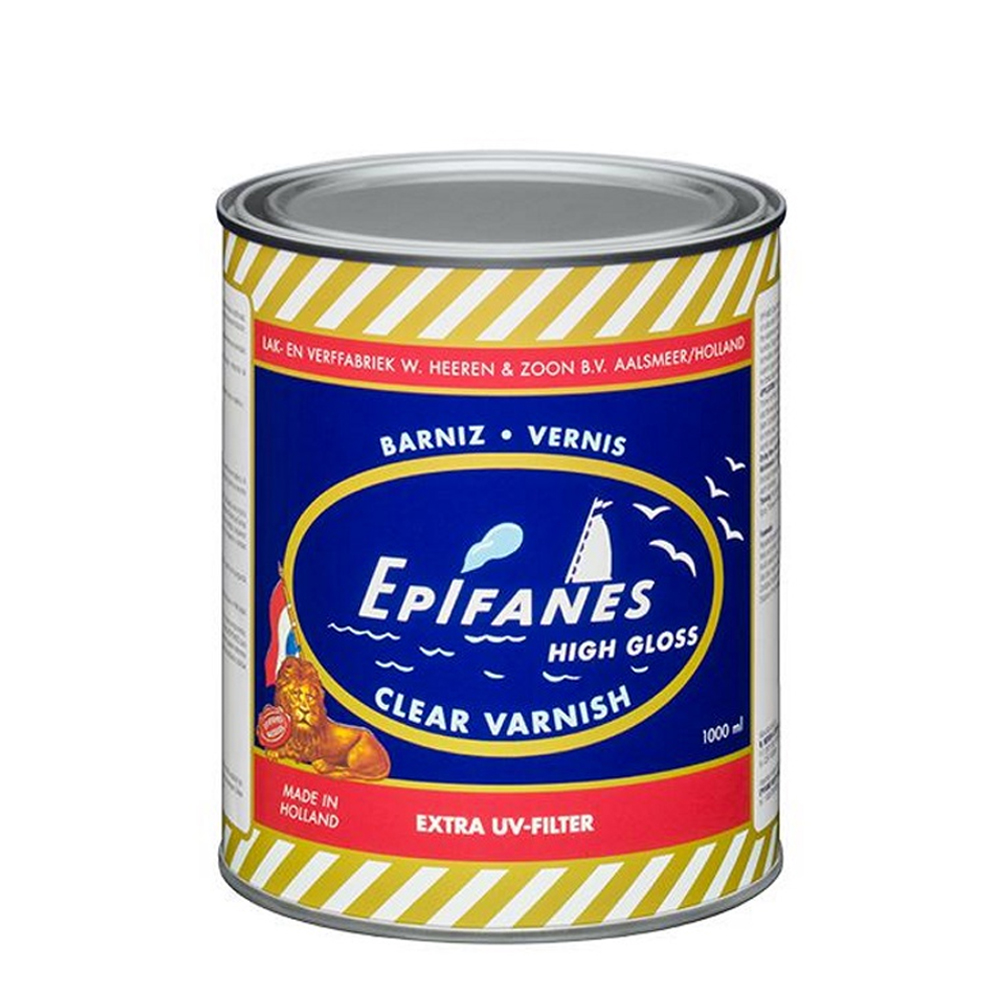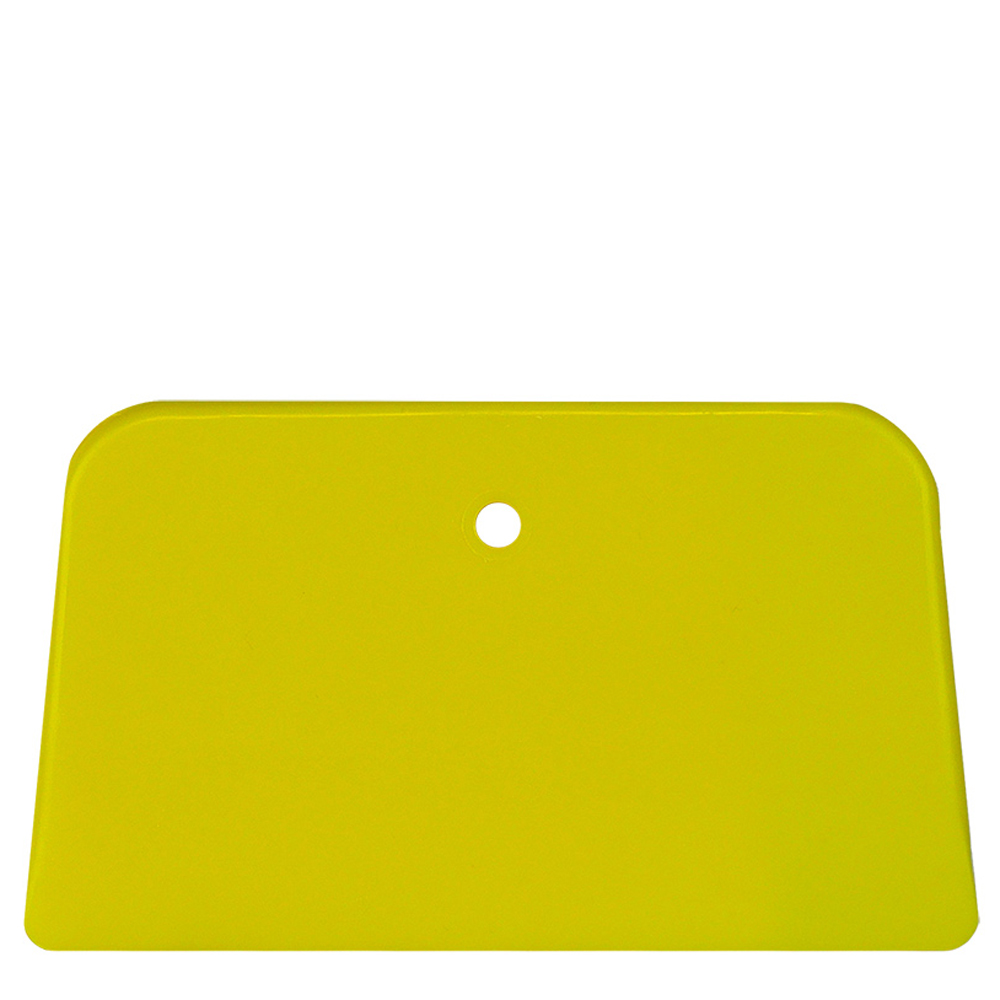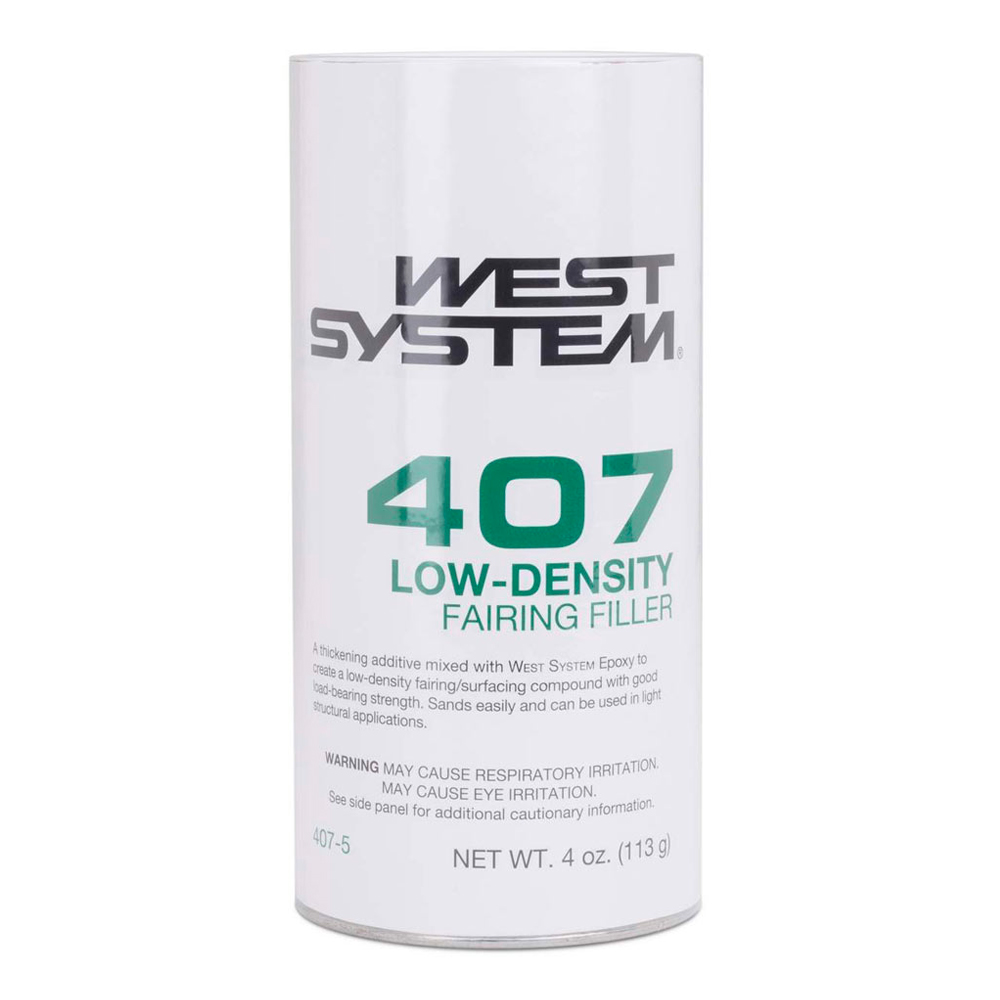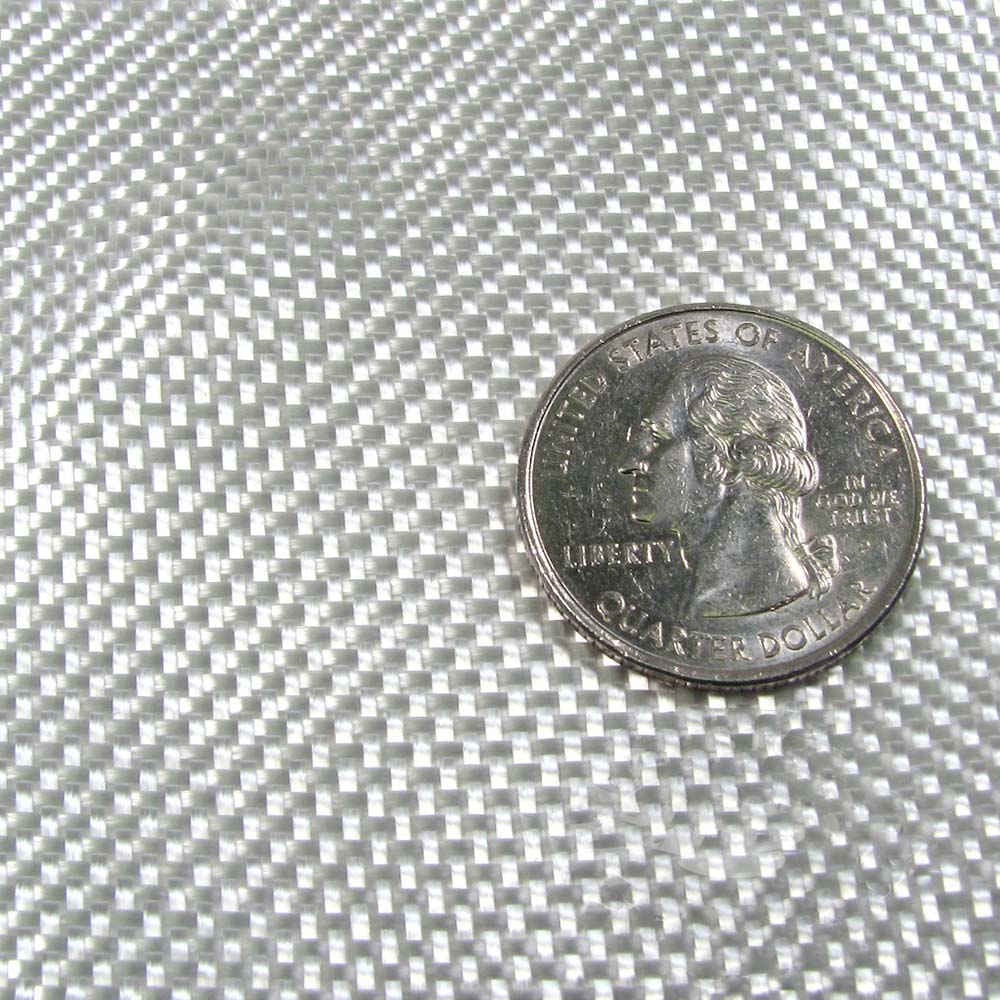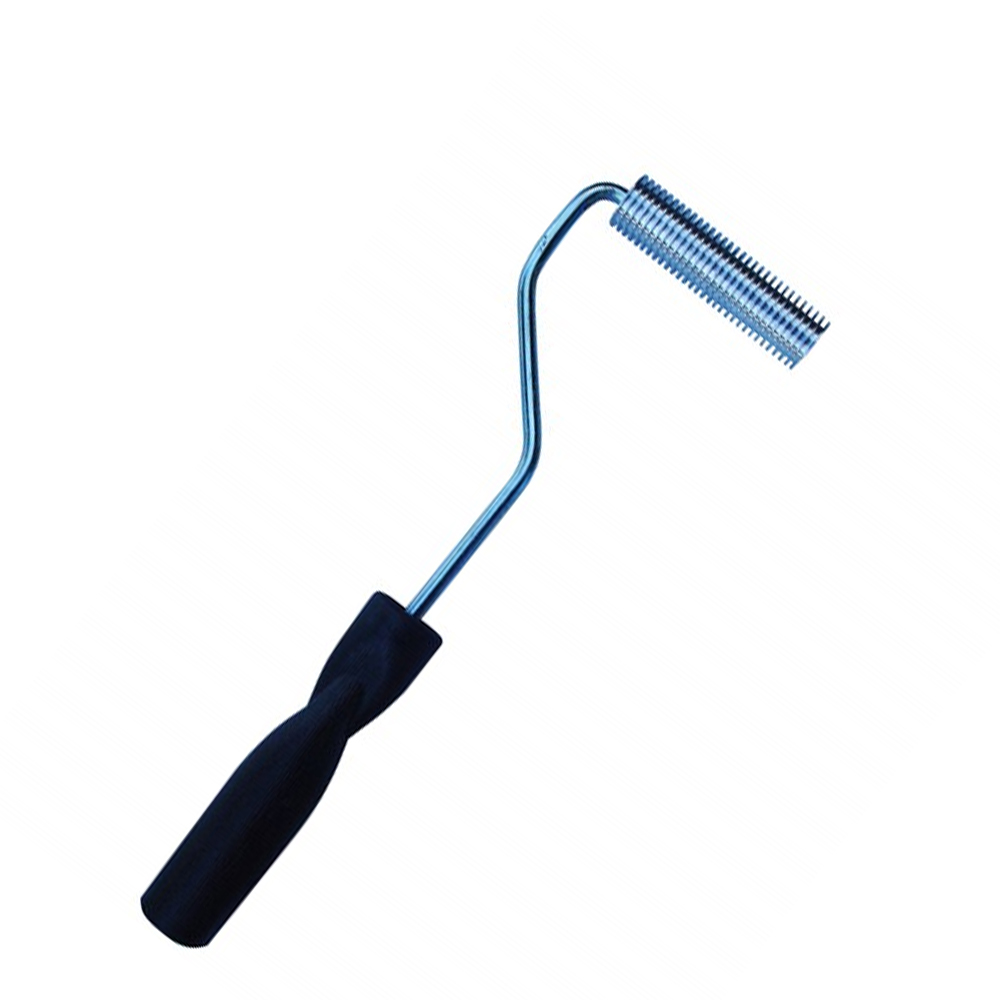This item is eligible for free shipping
WEST System Epoxy cures to a high-strength plastic solid at room temperatures, by mixing specific proportions of liquid epoxy resin and hardener.
This clear, pale yellow, low-viscosity liquid epoxy resin is formulated for use with WEST SYSTEM hardeners. It can be cured in a wide temperature range to form a high-strength solid with excellent moisture resistance.
Designed specifically to wet out and bond with wood fiber, fiberglass, reinforcing fabrics and a variety of metals, 105 is an excellent adhesive that will bridge gaps and fill voids when modified with WEST SYSTEM fillers. It can be sanded and shaped when cured. In roller applications, it has excellent thin-film characteristics to flow out and self-level without fisheyeing. 105 resin has a relatively high flash point and no strong solvent odor, making it safer to work with than polyesters.
| Group Size | Resin Quantity | Hardener Quantity | Mixed Quantity | Saturation Coat - Porous Surfaces | Build-Up Coats Non-porous Surfaces | Tensile Strength (PSI) |
|---|---|---|---|---|---|---|
| A | WSY 105A - 1 Qt. (.94 L) | 205A or 206A - .43 Pt. (.20 L) | 1.2 Qt. (1.15 L) | 90- 105 sq. ft. (8.5-10 sq. m) | 120-135 sq. ft. (11-12.5 sq. m) | 105/205 - 7,846, 105/206 - 7,320 |
| A | WSY 105A - 1 Qt. (.94 L) | 207A or 209A - .66 Pt. (.31 L) | 1.3 Qt. (1.26 L) | 90-105 sq. ft. (9-10 sq. m) | 120-135 sq. ft. (11-13 sq. m) | 105/207 - 7,509, 105/209 - 7,338 |
| B | WSY 105B - .98 Gal. (3.74 L) | 205B or 206B - .86 Qt. (.81 L) | 1.2 Gal. (4.55 L) | 350-405 sq. ft. (32-37 sq. m) | 462-520 sq. ft. (43-48 sq. m) | 105/205 - 7,846, 105/206 - 7,320 |
| B | WSY 105B - .98 Gal. (3.74 L) | 207B or 209B - 1.32 Qt. (1.24 L) | 1.3 Gal. (4.98 L) | 370-430 sq. ft. (35-40 sq. m) | 490-550 sq. ft. (45-50 sq. m) | 105/207 - 7,509, 105/209 - 7,338 |
| C | WSY 105C - 4.35 Gal. (16.47 L) | 205C or 206C - .94 Gal. (3.58 L) | 5.29 Gal. (20 L) | 1530-1785 sq. ft. (142-165 sq. m) | 2040-2300 sq. ft. (190-213 sq. m) | 105/205 - 7,846, 105/206 - 7,320 |
| C | WSY 105C - 4.35 Gal. (16.47 L) | 207C or 209C - 1.45 Gal. (5.49 L) | 5.8 Gal. (21.9 L) | 1675-1955 sq. ft. (155- 180 sq. m) | 2235-2520 sq. ft. (207-233 sq. m) | 105/207 - 7,509, 105/209 - 7,338 |
1. Start with 105 Resin, the basic ingredient of all WEST SYSTEM epoxy compounds.
2. Mix with one of four WEST SYSTEM Hardeners. Select a hardener for its intended use and for the cure speed best suited for your job in the temperature range in which you are working.
3. Add one of six WEST SYSTEM fillers to thicken the mixture as needed. Select a filler for its handling characteristics or cured physical properties. Or, add one of six WEST SYSTEM additives to provide specific coating properties.
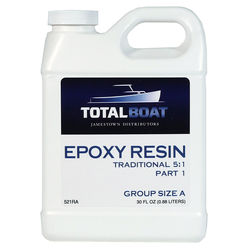
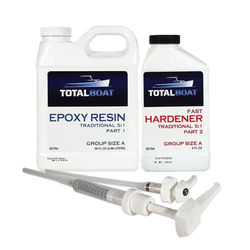
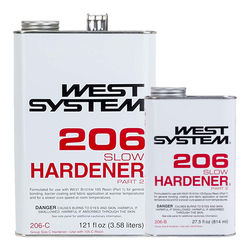
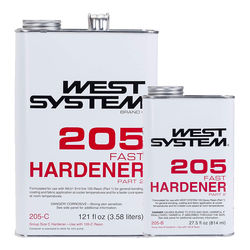

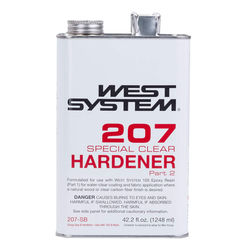
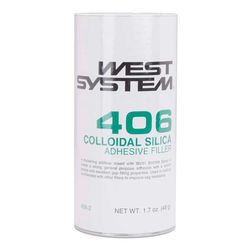
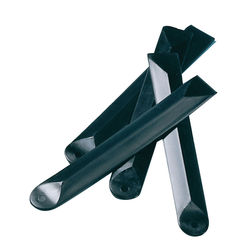
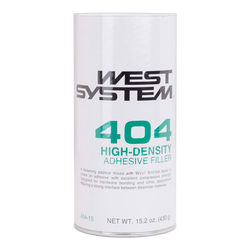
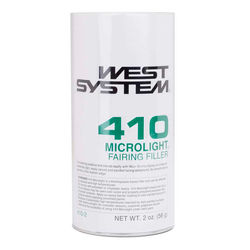

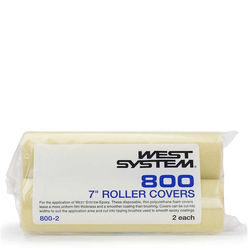
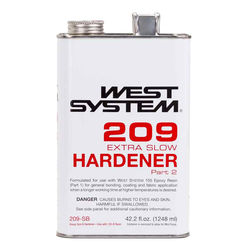
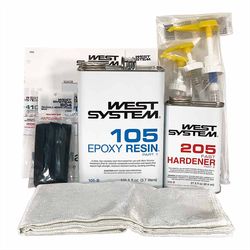
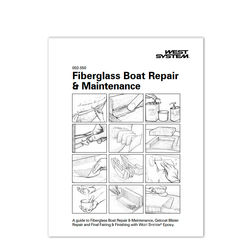
Reviews for WEST System 105 Epoxy Resin
Verified Purchase
Very good. Easy to work with.
Was this review helpful to you?
Verified Purchase
Tried and true product. For marine use as well as general wood working in a professional wood shop we dependened on West System.
Was this review helpful to you?
Verified Purchase
I use this epoxy to do furniture repairs. It's the best I've used.
Was this review helpful to you?
Verified Purchase
We use this product (-w various additives) in the construction of prototype and low volume production Thermoform/vacuum form tooling. Happy with the ease of use, good pot life, good consistency, and non offensive odor. It has worked very well for us.

Was this review helpful to you?
Verified Purchase
The add to me is misleading. It appears in add that if you purchase the gal of resin that the hardner comes with it. Since it didn't it caused over a weeks delay in my project. The product and service were great but from on I'll be watching for misleading adds.
Was this review helpful to you?
Verified Purchase
This is the Cadillac. period
Was this review helpful to you?
Verified Purchase
right item on time
Was this review helpful to you?
Verified Purchase
thanks for your help, exactly what i needed and i got it in 2 days.
Was this review helpful to you?
Verified Purchase
Tried it years ago. Now keep it on hand for everything from coating to repairs/adhesive.
Was this review helpful to you?
Verified Purchase
I've used the 105 epoxy with the clear 205 hardener on a couple of slab wood projects. Their pump system makes mixing a no brainer. Sets up very well and is easy to finish. I really like the crystal clear appearance.
Was this review helpful to you?
